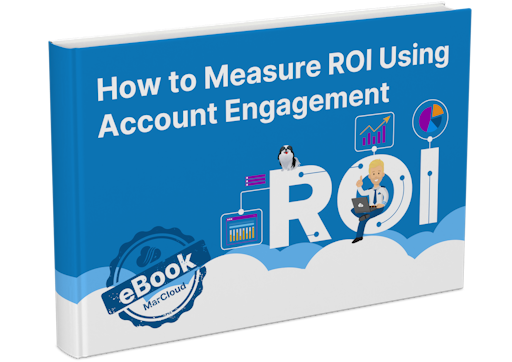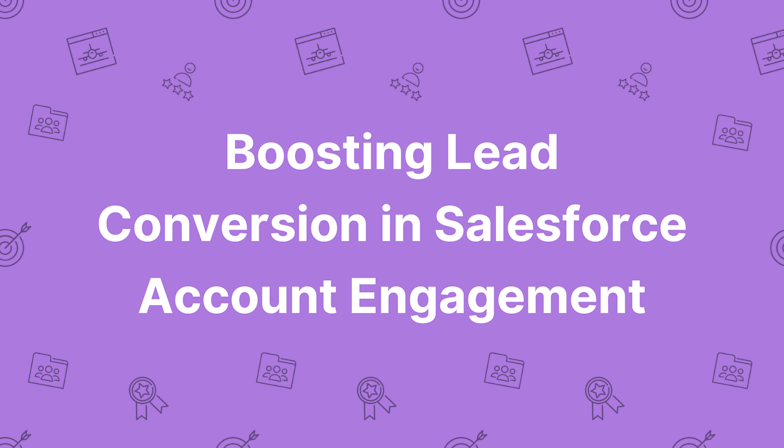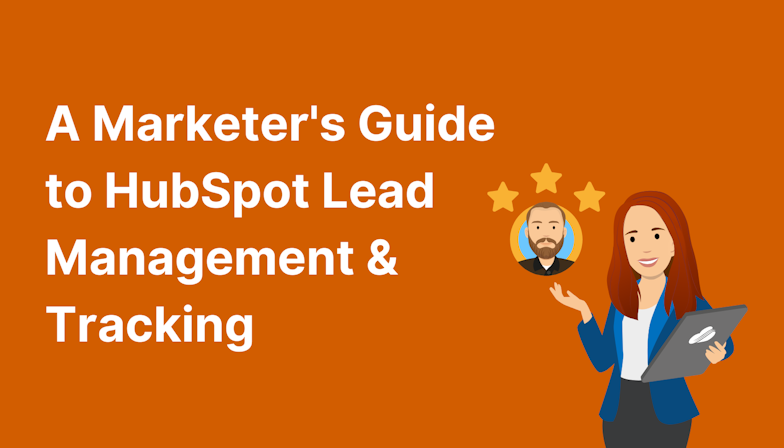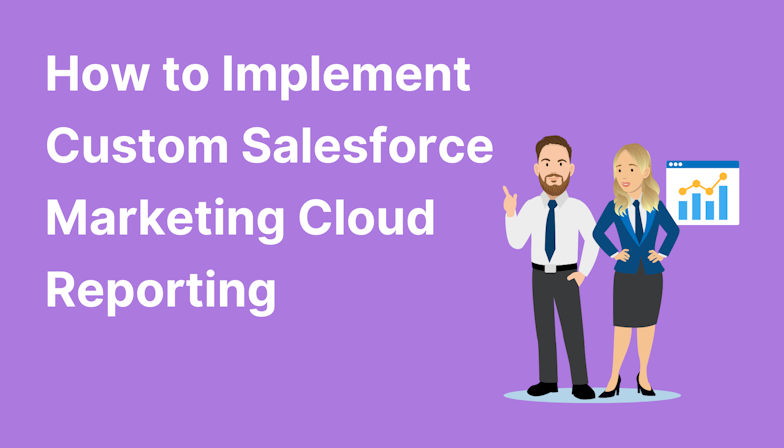In short, if your account is not configured and managed properly, you will struggle to report on the ROI of your Pardot marketing activities.
Of course, configuring and managing your account ‘properly’ is easier said than done. No Salesforce customer sets out to use their automation platform badly but with competing priorities and a lack of experience and knowledge in the Pardot platform, it sometimes happens.
There are so many features and possibilities within Pardot that it can be difficult to grasp all the essential parts required to achieve true marketing and reporting clarity.
To simplify things, we’ve boiled it down to five key steps that, when followed well, will take you on a journey to what we’re calling B2BMA Nirvana; a state of marketing serenity.

Free Measuring ROI eBook
In our ‘How to Measure ROI Using Pardot’ eBook, you’ll find a detailed list of all the steps you need to take to fully track and report on marketing attribution and return on investment.
- Technical setup
- Integration with Sales Cloud
- Lead qualification
- Structuring your account
- Organising assets
- Reporting nirvana

These five focus areas are vital for presenting ROI reporting that you feel confident is true and accurate. They’re the main reasons marketers struggle with proving ROI, based on our experience as a Salesforce Partner since 2018.
5 reasons Pardot marketers can’t prove ROI
1. Unable to qualify & assign prospects
It’s impossible to show how leads become won customers if you don’t first have the foundations of good lead qualification and assignment. There are several reasons marketers fall at this point, including:
Not having defined what a marketing-qualified lead looks like.
Not understanding or putting in place a robust scoring and grading model.
Failing to distinguish between a qualified and unqualified lead.
Leads are not being assigned to team members correctly, or at all.
Sync errors between Pardot and Salesforce data.
It’s essential to address these pain points and get your lead qualified and assignment running like clockwork if you want to show ROI.
2. Broken, unreliable campaign data
Knowing what a lead looks like is one thing, knowing the source of that lead and its campaign touchpoints is another, and accurate reporting and ROI measurement requires working and reliable tracking for each of your marketing campaigns.
The common problems we see in Pardot accounts include:
Not collecting Lead Source values or inconsistent and unruly values.
Not tracking all campaign touchpoints (reliably!)
Poor segmentation that makes marketing activities more difficult.
Not using Campaign Member Status to measure campaign interaction.
Not recording campaign spend (half of your ROI calculation!)
Again, you have to have these elements in good working order if you've any hope of creating reports that prove ROI. Reports can be a mix of classic Salesforce reporting and B2B Marketing Analytics (B2BMA) dashboards.
3. Lack of attribution modelling
The previous point highlights the importance of basic campaign tracking for accurate reporting data but in truth, showing ROI often requires a more sophisticated tracking and attribution approach. Common tracking issues are:
Not using UTM parameters or no alignment between campaigns and UTMs.
Haven’t decided on the right attribution model for the business.
Not able to capture multi-touch data.
Tracking is not aligned with Salesforce campaigns.
Campaign membership isn’t automated.
Granted, some of these can be tricky to achieve and require an element of technical support for Pardot, for example, with capturing multi-touch data. I’ll mention here that these kinds of tasks are ones MarCloud can get sorted for you and form part of our B2BMA Nirvana by MarCloud framework.
4. Difficulties configuring B2BMA
B2B Marketing Analytics (B2BMA) comes with default dashboards but often, these aren’t suitable for a business’s unique use case. Getting set up with custom dashboards in B2BMA is a challenge in itself but possible and worth the effort! It’s the best way to get clarity on your marketing and reporting landscape.
We’ve published an entire article on the pitfalls of B2BMA, but here are the usual issues we see when it comes to reporting:
Not using Opportunities in Salesforce correctly or consistently.
Opportunity Object isn’t recording everything they need.
Sales team isn’t trained on how to use Opportunities in line with Pardot.
Reporting requirements haven’t been defined.
Not considering GA4 as part of B2BMA reporting.
Unclear on whether custom reports are needed.
Can’t report on Campaign Membership pre and post-MQL
The good news is that when all of the above is addressed and you’ve got your other foundations in place, the result is fast analytics and reporting! Say goodbye to awkward meetings with the C-suite.
5. Unable to scale
Let’s say you’ve achieved a true picture of your marketing landscape and can report on marketing campaigns and ROI with ease, this might apply to your specific campaigns and Business Unit, but if you’re working in an enterprise company, what about the others?
Any good inbound lead process must be able to scale, either as new Business Units are added or as activities change and become more complex over time.
Achieving excellent Pardot ROI reporting is great but optimising everything to be even more streamlined and scalable is a big part of demonstrating ROI in the long term, too.
If you can master all five of these reasons marketers struggle to demonstrate ROI in Pardot reports, there’s no doubt you’ll free yourself of the typical argument for more marketing budget. The result? Complete marketing success and serenity.
Don’t forget, with years of Pardot experience, MarCloud knows the platform inside-out and unlike other consultancies, Salesforce marketing automation is all we do. Our consultants have the certifications and wisdom to guide you, so arrange an audit to find out where you are on the path to B2BMA Nirvana.

Tom Ryan
Founder & CEO of MarCloud, Tom has been on both sides of the fence, client-side and agency, working with Salesforce platforms for the best part of a decade. He's a Salesforce Marketing Champion and certified consultant who loves to co-host webinars and pen original guides and articles. A regular contributor to online business and marketing publications, he's passionate about marketing automation and, along with the team, is rapidly making MarCloud the go-to place for Marketing Cloud and Salesforce expertise. He unapologetically uses the terms Pardot, Account Engagement and MCAE interchangeably.
More by Tom RyanFeatured resource

How to Measure ROI Using Pardot
Proving ROI is the holy grail for marketers. In our ‘How to Measure ROI Using Pardot’ eBook, you’ll find a detailed list of all the steps you need to take to fully track and report on marketing attribution and return on investment. If you can make it through the guide with every single checkbox ticked, you can consider yourself a true expert!
Download now

